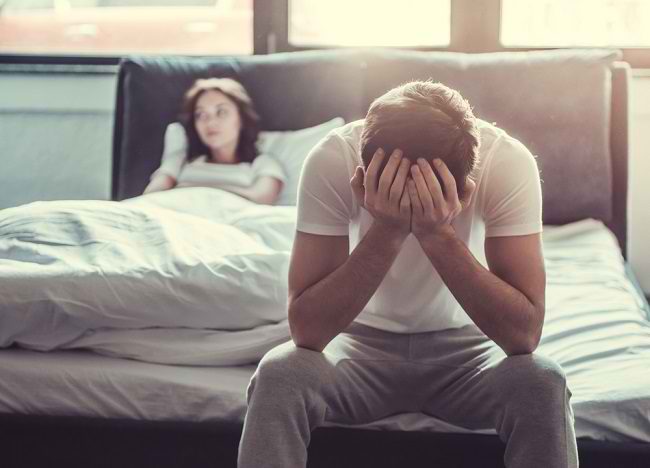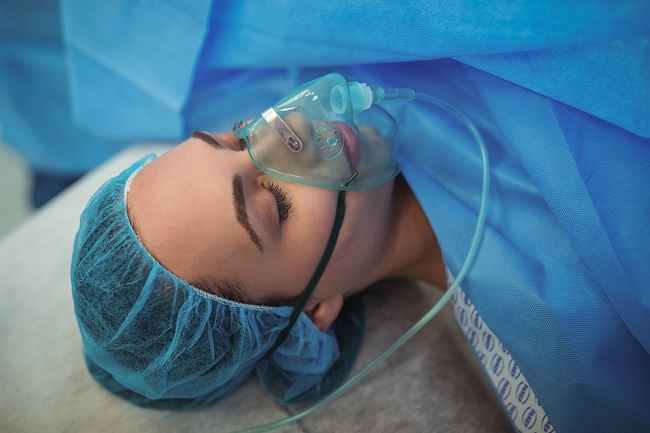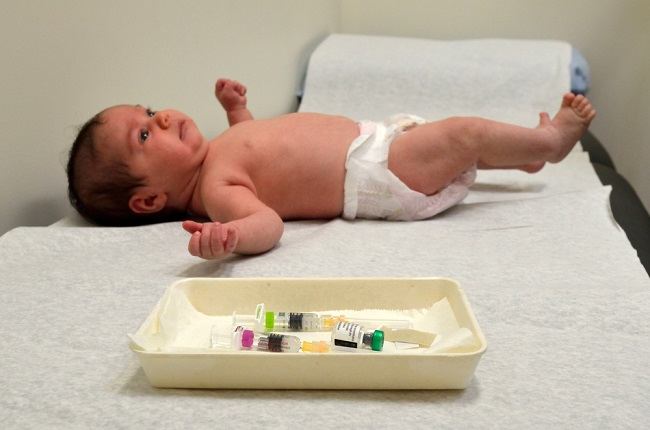TB disease does not only occur in the lungs, but can also occur in other organs and body parts. One part of the body that can be affected by tuberculosis is the spine. Recognize the causes and symptoms of spinal tuberculosis, so that it can be avoided and it is not too late to treat it.
Tuberculosis (TB) is an infectious disease caused by the entry of bacteria Mycobacterium tuberculosis into the lungs. However, under certain conditions, these bacteria can actually spread to other parts of the body through the bloodstream. If that happens, a condition called extra-pulmonary TB or TB that occurs outside the lungs will appear.

Spinal tuberculosis is also known by another name, TB spondylitis (Pott's disease). The spinal column most commonly affected by spinal tuberculosis is the spine in the lower thoracic area and the upper spine. If the TB bacteria spread to adjacent vertebrae, it can cause infection in the pads between the two vertebrae, called intervertebral discs.
If these pads are infected, then the distance between the two vertebrae will narrow and even stick together. The spine will also lose flexibility and be damaged because it does not get nutritional intake. A person who has this condition can find it difficult to move.
In the two vertebrae that are attached to each other due to disc damage, dead cells will accumulate to form an abscess, or what is known as a gibus. This gibus will make your back look stooped, as if something is protruding.
What Causes Spinal Tuberculosis?
As explained above, spinal tuberculosis occurs when bacteria Mycobacterium tuberculosis has spread through the bloodstream. In addition, there are other risk factors that can increase a person's exposure to spinal tuberculosis, such as a weakened immune system due to HIV infection, living in an area or country where the majority of the population suffers from tuberculosis, and living in a low socio-economic level.
What are the Symptoms of Spinal Tuberculosis?
Here are some symptoms that can appear when a person is exposed to spinal tuberculosis:
- Back pain in certain areas, such as the lower spine.
- At night the body sweats and has a fever.
- Have weight loss or have anorexia.
- Humpback or kyphosis which is sometimes accompanied by swelling around the spine.
- Body stiff and tense.
- The emergence of neurological disorders, if the nerves are disturbed.
- Protrusion of the spine (gibus).
- The appearance of a lump in the groin due to an abscess, which is often mistaken for a hernia.
The above conditions can occur gradually or may not be realized. Try to see a doctor if you experience the above symptoms. To diagnose spinal tuberculosis, the doctor will perform a physical examination plus a series of supporting examinations, such as spinal X-rays, CT scans, MRIs, and tissue biopsies around the vertebrae using a needle.
Other tests that may be done are a complete blood count, including a erythrocyte sedimentation rate (ESR) test. In spinal tuberculosis patients, generally the erythrocyte sedimentation rate will increase. After active tuberculosis can be controlled, the erythrocyte sedimentation rate will return to normal or close to normal. In patients with spinal tuberculosis, there is also an increase in the number of white blood cells.
Spinal tuberculosis can be overcome by taking anti-tuberculosis drugs (OAT) for several months regularly, without stopping the drug. For cases of spinal tuberculosis that cause complications, such as nerve damage, surgical treatment is required. Recognize the symptoms of spinal tuberculosis and immediately consult a doctor if you experience suspicious complaints.









